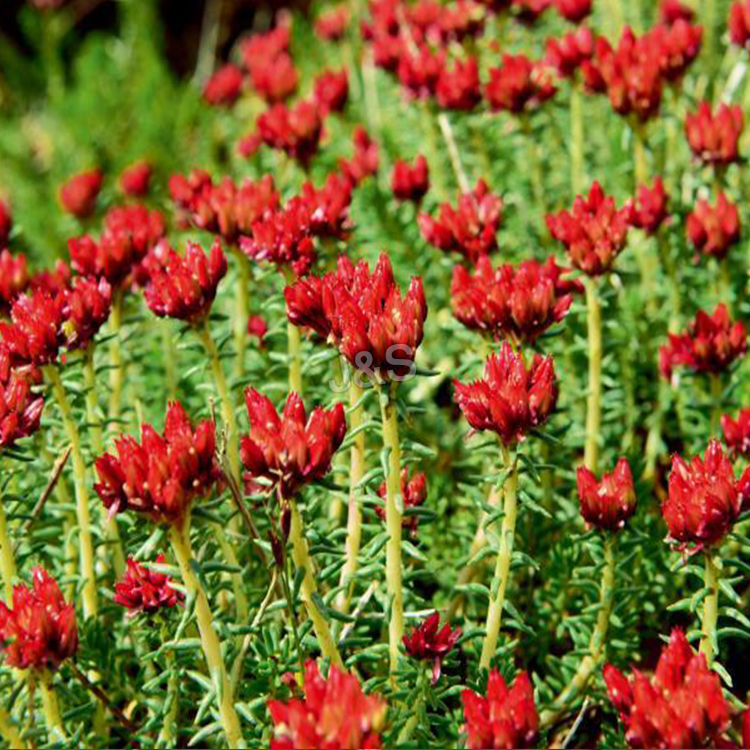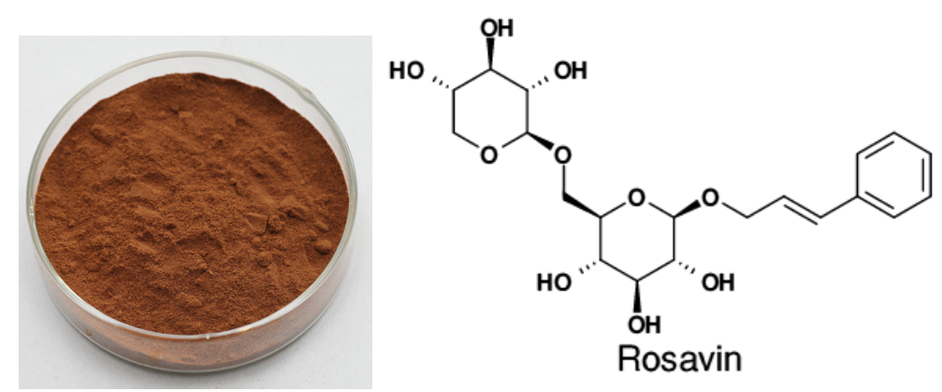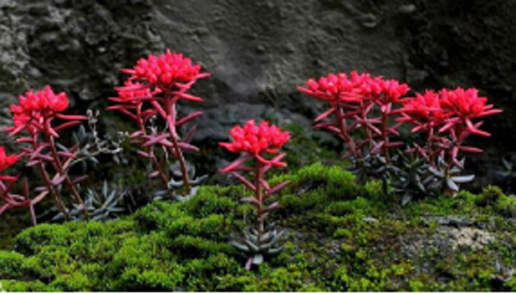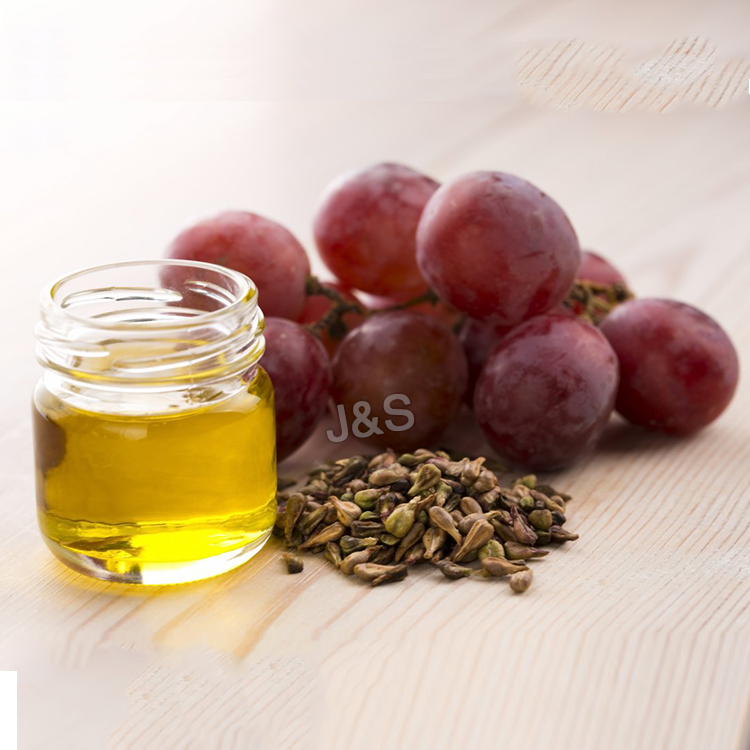One of Hottest for Rhodiola Rosea Extract Wholesale to Morocco
One of Hottest for Rhodiola Rosea Extract Wholesale to Morocco Detail:
[Latin Name] Rhodiola Rosea
[Plant Source] China
[Specifications] Salidrosides:1%-5%
Rosavin:3% HPLC
[Appearance] Brown fine powder
[Plant Part Used] Root
[Particle size] 80 Mesh
[Loss on drying] ≤5.0%
[Heavy Metal] ≤10PPM
[Storage] Store in cool & dry area, keep away from the direct light and heat.
[Package] Packed in paper-drums and two plastic-bags inside.
[What is Rhodiola Rosea]
Rhodiola Rosea (also known as Arctic root or golden root) is a member of the family Crassulaceae, a family of plants native to the arctic regions of Eastern Siberia. Rhodiola rosea is widely distributed in Arctic and mountainous regions throughout Europe and Asia. It grows at altitudes of 11,000 to 18,000 feet above sea level.
There are numerous animal and test tube studies showing that rhodiola has both a stimulating and a sedating effect on the central nervous system; enhance physical endurance; improves thyroid, thymus, and adrenal function; protects the nervous system, heart and liver; and has antioxidant and anticancer properties.
[Function]
1 Enhancing immunity and delaying aging;
2 Resisting radiation and tumor;
3 Regulating nervous system and metabolism, effectively limiting melancholy feeling and mood, and promoting mental status;
4 Protecting cardiovascular, dilating coronary artery,preventing coronary arteriosclerosis and arrhythmia.
Product detail pictures:

Related Product Guide:
The incredibly abundant projects administration experiences and 1 to one provider model make the superior importance of small business communication and our easy understanding of your expectations for One of Hottest for Rhodiola Rosea Extract Wholesale to Morocco , The product will supply to all over the world, such as: Iran, Munich, Congo, So that you can utilize the resource from the expanding info in international trade, we welcome shoppers from everywhere on-line and offline. In spite of the good quality solutions we provide, effective and satisfying consultation service is supplied by our professional after-sale service team. Product lists and detailed parameters and any other info weil be sent to you timely for your inquiries. So you should make contact with us by sending us emails or call us if you have any questions about our corporation. ou may also get our address info from our web page and come to our company to get a field survey of our merchandise. We've been confident that we have been going to share mutual achievement and create strong co-operation relations with our companions in this marketplace. We're searching forward for your inquiries.
“Propolis” or “bee glue” is a resinous mixture that honey bees collect from tree buds, sap flows, or other botanical sources. It is used as a sealant for unwanted open spaces in the hive. Propolis is used for small gaps , while larger spaces are usually filled with beeswax. Its color varies depending on its botanical source, the most common being dark brown. Propolis is sticky at and above room temperature, 20 C. At lower temperatures, it becomes hard and very brittle.
For centuries, beekeepers assumed that bees sealed the beehive with propolis to protect the colony from the elements, such as rain and cold winter drafts. However, 20th-century research has revealed that bees not only survive, but also thrive, with increased ventilation during the winter months throughout most temperate regions of the world.
Propolis is now believed to:
#reinforce the structural stability of the hive;
#reduce vibration;
#make the hive more defensible by sealing alternative entrances;
#prevent diseases and parasites from entering the hive, and to inhibit fungal and bacterial growth;
#prevent putrefaction within the hive. Bees usually carry waste out of and away from the hive. However, if a small lizard or mouse, for example, finds its way into the hive and dies there, bees may be unable to carry it out through the hive entrance. In that case, they would attempt instead to seal the carcass in propolis, essentially mummifying it and making it odorless and harmless.
The composition of propolis varies from hive to hive, from district to district, and from season to season. Normally, it is dark brown in color, but it can be found in green, red, black, and white hues, depending on the sources of resin found in the particular hive area. Honey bees are opportunists, gathering what they need from available sources, and detailed analyses show that the chemical composition of propolis varies considerably from region to region, along with the vegetation. In northern temperate climates, for example, bees collect resins from trees, such as poplars and conifers . “Typical” northern temperate propolis has approximately 50 constituents, primarily resins and vegetable balsams , waxes , essential oils , and pollen . Propolis also contains persistent lipophilic acaricides, a natural pesticide that deters mite infestations.
Wiz Science™ is “the” learning channel for children and all ages.
SUBSCRIBE TODAY
Disclaimer: This video is for your information only. The author or publisher does not guarantee the accuracy of the content presented in this video. USE AT YOUR OWN RISK.
Background Music:
“The Place Inside” by Silent Partner (royalty-free) from YouTube Audio Library.
This video uses material/images from https://en.wikipedia.org/wiki/Propolis, which is released under Creative Commons Attribution-Share-Alike License 3.0 https://creativecommons.org/licenses/by-sa/3.0/ . This video is licensed under Creative Commons Attribution-Share-Alike License 3.0 https://creativecommons.org/licenses/by-sa/3.0/ . To reuse/adapt the content in your own work, you must comply with the license terms.
Wiz Science™ is “the” learning channel for children and all ages.
SUBSCRIBE TODAY
Disclaimer: This video is for your information only. The author or publisher does not guarantee the accuracy of the content presented in this video. USE AT YOUR OWN RISK.
Background Music:
“The Place Inside” by Silent Partner (royalty-free) from YouTube Audio Library.
This video uses material/images from https://en.wikipedia.org/wiki/Propolis, which is released under Creative Commons Attribution-Share-Alike License 3.0 https://creativecommons.org/licenses/by-sa/3.0/ . This video is licensed under Creative Commons Attribution-Share-Alike License 3.0 https://creativecommons.org/licenses/by-sa/3.0/ . To reuse/adapt the content in your own work, you must comply with the license terms.
BIZ BE$T,
TELUS & HALAL
Buat untung WANG, tak buat pun beruntung WANG juga….wow!!
Layari https://www.duitepi.com & daftar percuma dahulu utk terus dpt web autodwlnline
Managers are visionary, they have the idea of "mutual benefits, continuous improvement and innovation", we have a pleasant conversation and Cooperation.







